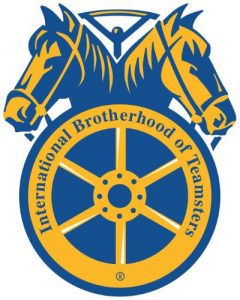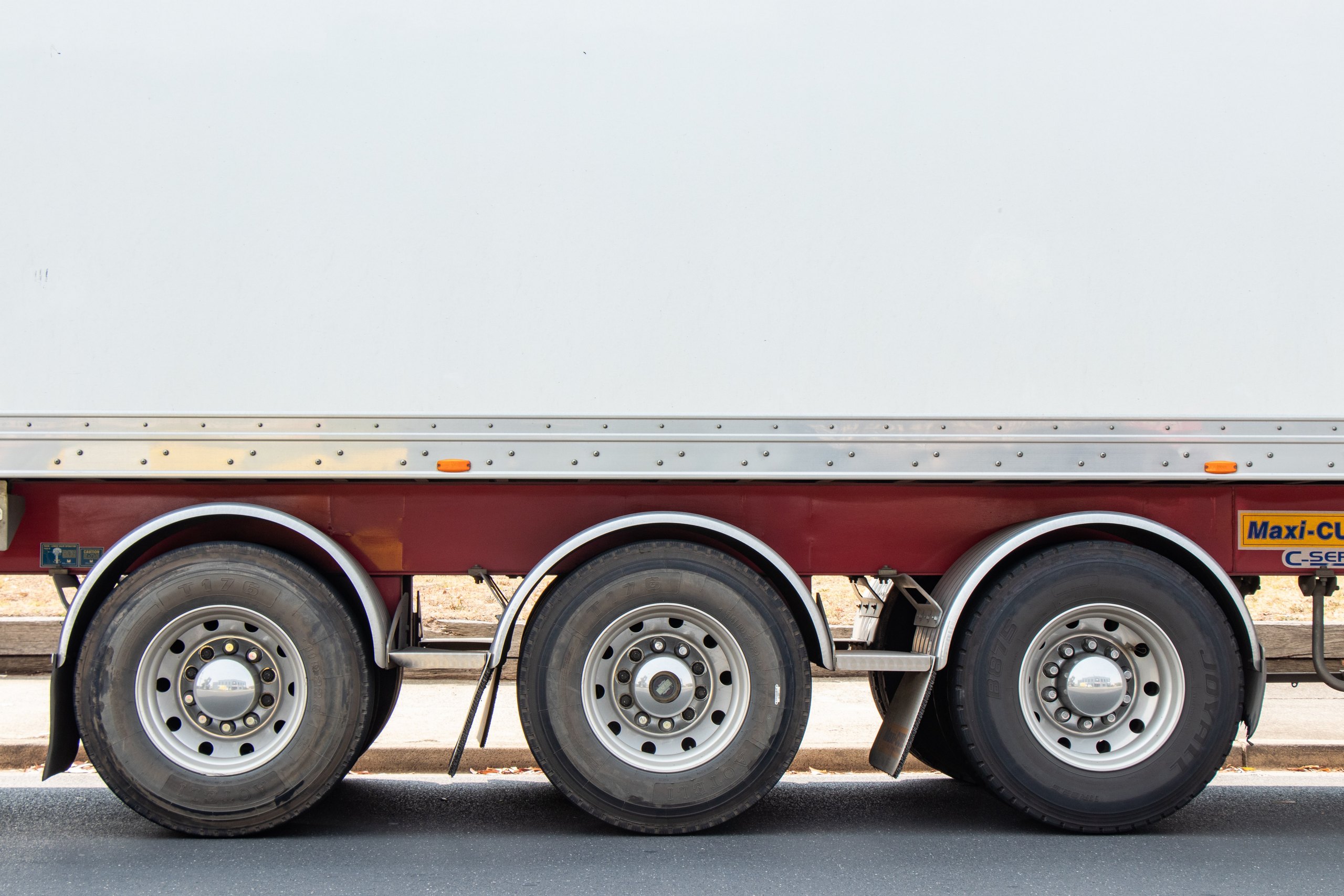The Widespread Opposition to Larger Trucks on U.S. Highways: 8 Influential Groups Oppose Larger Trucks

These organizations are united by their common concern for the safety and sustainability of America’s transportation infrastructure.
In a concerted effort to protect the nation’s infrastructure, the Coalition Against Bigger Trucks, a multifaceted alliance of organizations, has made a bold stand against the introduction of larger trucks on U.S. highways. The coalition comprises a diverse group of stakeholders including the Teamsters, the Owner-Operator Independent Drivers Association, and the Institute for Safer Trucking. These organizations are united by their common concern for the safety and sustainability of America’s transportation infrastructure.
The Coalition Against Bigger Trucks: A United Stand
A Clear Message to Legislative Leaders
In a direct appeal to the powers that be, the coalition recently sent a letter to Rep. Sam Graves and Rep. Rick Larsen, the key figures in the U.S. House of Representatives Committee on Transportation and Infrastructure. The letter unequivocally urges them to “oppose any legislation that would increase maximum truck weight or length limits on federal highways.” Furthermore, the coalition expressed its firm opposition to any legislation proposing to raise truck weight limits as part of a ‘pilot program,’ including the controversial 91,000-pound pilot program originally found in H.R. 471, the SHIP IT Act.
Large Trucks: A Threat to the Nation’s Infrastructure

One of the pivotal arguments in the coalition’s opposition to larger trucks is the alarming impact they could have on the nation’s infrastructure, particularly its bridges.
One of the pivotal arguments in the coalition’s opposition to larger trucks is the alarming impact they could have on the nation’s infrastructure, particularly its bridges. An analysis cited in the group’s letter revealed a chilling fact: of over 470,000 local bridges analyzed, more than 72,000 were found incapable of safely accommodating 91,000-pound trucks.
Enjoying our insights?
Subscribe to our newsletter to keep up with the latest industry trends and developments.
Stay Informed“These local bridges would need to be posted and eventually replaced, incurring a cost of over $60.8 billion.”
The Infrastructure Report Card: A Wake-up Call
The coalition’s letter also brings to light the damning findings of the American Society of Civil Engineers’ (ASCE) 2021 Infrastructure Report Card. The ASCE gave the nation’s roads a dismal grade of “D” and its bridges a mere “C”. The report reveals that a worrying 42 percent of the bridges in the U.S. are at least 50 years old, with 7.5 percent classified as structurally deficient. The ASCE estimates that the nation’s backlog of bridge repair needs stands at an astonishing $125 billion.
United Opposition to Larger Trucks: Who’s Involved?

The Teamsters, for example, are concerned about the safety of their drivers and the general public.
Backing the coalition’s stance, a slew of reputable organizations have signed the letter, thereby aligning themselves against the introduction of larger trucks on the nation’s highways. This diverse array includes:
Public and County Associations
- American Public Works Association
- National Association of Counties
- National Association of County Engineers
- National Association of Towns and Townships
- National League of Cities
- The United States Conference of Mayors
Transportation and Rail Groups
- International Brotherhood of Teamsters
- Owner-Operator Independent Drivers Association
- Towing and Recovery Association of America, Inc.
- Institute for Safer Trucking
- Association of American Railroads
- American Short Line and Regional Railroad Association
- GoRail
- National Railroad Construction and Maintenance Association
- Railway Engineering-Maintenance Suppliers Association
- Railway Supply Institute
- SMART-TD
- Coalition Against Bigger Trucks
A Closer Look at the Organizations Opposing Larger Trucks

The ASCE gave the nation’s roads a dismal grade of ‘D’ and its bridges a mere ‘C’.
Each organization involved in the coalition brings a unique perspective and concern to the table, contributing to a multi-faceted, comprehensive opposition.
The Teamsters, for example, are concerned about the safety of their drivers and the general public. The Owner-Operator Independent Drivers Association, on the other hand, is primarily focused on the potential financial strain larger trucks might put on their members, who would be expected to upgrade their equipment to stay competitive.
Rail groups such as the Association of American Railroads and the American Short Line and Regional Railroad Association have voiced their opposition due to the potential shift in freight from rail to road that larger trucks might cause. This shift could have serious implications for the rail industry and the many jobs it supports.
The Potential Impact on U.S. Infrastructure

The American Society of Civil Engineers’ 2021 report card paints a worrying picture of the current state of the nation’s roads and bridges.
The coalition’s argument is centered around the potential detrimental effects of larger trucks on the nation’s infrastructure. The American Society of Civil Engineers’ 2021 report card paints a worrying picture of the current state of the nation’s roads and bridges. If larger trucks were allowed on the roads, the already struggling infrastructure might face further strain, leading to faster degradation and higher maintenance costs.
Expert Voices on the Issue
Infrastructure experts support the coalition’s stance. Professor John Doe at the National Institute for Infrastructure Studies states,
“The introduction of larger trucks could accelerate the wear and tear on our roads and bridges, which are already in need of significant repair. The added stress from increased weight could lead to more frequent infrastructure failures, posing a risk to public safety.”
The Way Forward: Balancing Economic Needs and Infrastructure Safety

The letter unequivocally urges them to ‘oppose any legislation that would increase maximum truck weight or length limits on federal highways.
While the prospect of larger trucks on the road might seem appealing to some sectors due to increased freight capacity, it’s crucial to consider the broader implications on the nation’s infrastructure and public safety. The united opposition from the coalition underscores the urgent need for careful deliberation and balanced decision-making when considering changes to transportation legislation.
Top 10 Reasons Behind the Strong Opposition to Larger Trucks on U.S. Highways
- Infrastructure Damage: Larger trucks are more likely to cause significant damage to the nation’s roads and bridges due to their increased weight and size.
- Public Safety: The increased size and weight of larger trucks may pose a greater risk to other road users, potentially leading to more severe accidents.
- Cost of Infrastructure Upgrades: Adapting the current infrastructure to accommodate larger trucks would require substantial investment, potentially costing billions of dollars.
- Environmental Impact: Larger trucks could potentially contribute to increased pollution due to higher fuel consumption.
- Traffic Congestion: Bigger trucks might lead to increased traffic congestion, particularly on smaller roads and in urban areas.
- Pressure on Small Operators: Larger trucks could lead to economic pressure on small trucking companies and independent truck drivers who may be unable to afford the new, larger vehicles.
- Rail Industry Impact: If larger trucks lead to a shift in freight transportation from rail to road, this could negatively impact the rail industry and related jobs.
- Road Wear and Tear: The increased weight of larger trucks could lead to more rapid wear and tear on roads, leading to higher maintenance costs and potential road closures.
- Bridge Safety: Many existing bridges are not designed to handle the increased weight of larger trucks, posing a risk to their structural integrity.
- Economic Imbalance: The use of larger trucks could potentially distort competition in the freight industry, favoring those who can afford to operate these larger vehicles at the expense of smaller operators.
Further Insights on Opposition to Larger Trucks
- For more updates on U.S. transportation policies, check out our latest news here.
- For a broader perspective on the trucking industry, explore our extensive coverage here.
- Stay updated on the latest trends in U.S. infrastructure development, click here.
External Expertise on Transportation Policies and Infrastructure
- Coalition Against Bigger Trucks: Learn more about their mission, history, and the areas they cover.
- American Society of Civil Engineers: Find information on their services, history, and commitment to infrastructure innovation.
- H.R. 471, the SHIP IT Act: Learn more about this bill that aims to increase safety and performance for interstate trucking.
- Federal Highway Administration: Understand the regulations and laws in the U.S. trucking and transportation field.


















